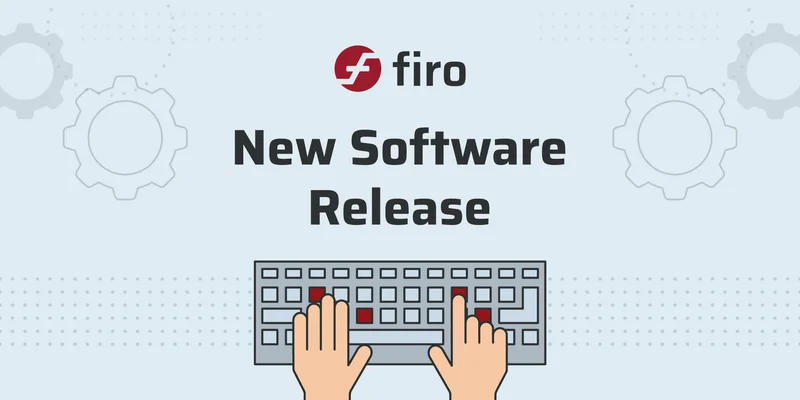Article Directory
The Future is Now: How Smarter Dams are Rewriting California's Water Story
Imagine a world where we don't just react to weather, but anticipate it, leveraging nature's own rhythms to secure our future. That future isn't some far-off dream anymore. It’s here, and it’s flowing through the updated water control manual for Coyote Valley Dam and Lake Mendocino. This isn't just another bureaucratic update; it’s a paradigm shift in how we manage our most precious resource, water.
This update, incorporating Forecast-Informed Reservoir Operations (FIRO) principles, essentially gives water managers the power to see the future—or at least, a more accurate forecast of it. By using advanced weather forecasting, watershed monitoring, and atmospheric river reconnaissance, they can make smarter decisions about when to hold water and when to release it. Think of it like this: traditional dam management is like driving with your eyes glued to the rearview mirror. FIRO is like having a GPS that shows you the road ahead, potential hazards, and the best route to your destination.
The numbers speak for themselves. Over the past three years, FIRO has saved nearly 30,000 acre-feet of water in Lake Mendocino. In just one year, 2020, it enabled a 19 percent increase in water storage. And now, Lake Mendocino is using FIRO rules to add another 10,000 acre-feet of additional storage. That's water that can be used for drinking, agriculture, and maintaining critical habitats for threatened species like Chinook salmon and steelhead trout. Lynda Hopkins, chair of the Sonoma Water Board of Directors, put it best: FIRO techniques have saved water equivalent to a second Lake Mendocino! It's an incredible thought, isn't it? New Forecast-Informed Decision-Making Tool Implemented at Northern California Reservoir - UC San Diego Today
But here’s the real kicker: this is just the beginning. DWR Director Karla Nemeth said that Lake Mendocino is the first of many efforts across California to guide new reservoir operations across the state. We're talking about a statewide transformation of water management, using data and technology to build resilience against both droughts and floods. A FIRO study for the Yuba-Feather system even modeled a hypothetical flood 16% bigger than the devastating 1986 event to assess FIRO’s impact. That's proactive planning on a scale we haven't seen before. This isn't just about saving water; it's about saving lives and livelihoods.

Now, I know what some of you might be thinking: "Okay, Aris, this all sounds great, but what about the potential downsides?" And that’s a valid question. Any technology that gives us more control over nature also comes with a responsibility to use it wisely. We need to ensure that these advanced forecasting models are accurate and reliable, and that the decisions made based on them are equitable and sustainable. We must ask ourselves, are we truly considering all stakeholders when making these crucial decisions?
What I find most exciting about FIRO is that it demonstrates the power of collaboration. This update is the result of years of work by a diverse group of experts from USACE, Sonoma Water, Scripps CW3E, NOAA, and California DWR. It shows that when we bring together the best minds in science, engineering, and policy, we can achieve breakthroughs that were once thought impossible. U.S. Representative Jared Huffman rightly stated this update is an advancement in drought management, flood control, and fish habitat, ensuring more sustainable water supplies.
We're seeing FIRO applied at Prado Dam in Southern California to boost groundwater recharge, and CW3E is working on a FIRO study for Seven Oaks Dam. The San Bernardino Valley Municipal Water District is even building recharge basins in anticipation of a successful FIRO viability assessment! The momentum is building, and the possibilities are endless. The benefit of the weather and water enterprise to our nation’s economy is about $100 billion a year.
A New Era of Water Wisdom
This isn't just about better technology; it's about a fundamental shift in our mindset. We're moving from a reactive approach to a proactive one, from simply coping with the weather to anticipating it and harnessing its power. It is a new era of water wisdom, where we work with nature, not against it. And frankly, when I see breakthroughs like this, it reminds me why I got into this field in the first place.


